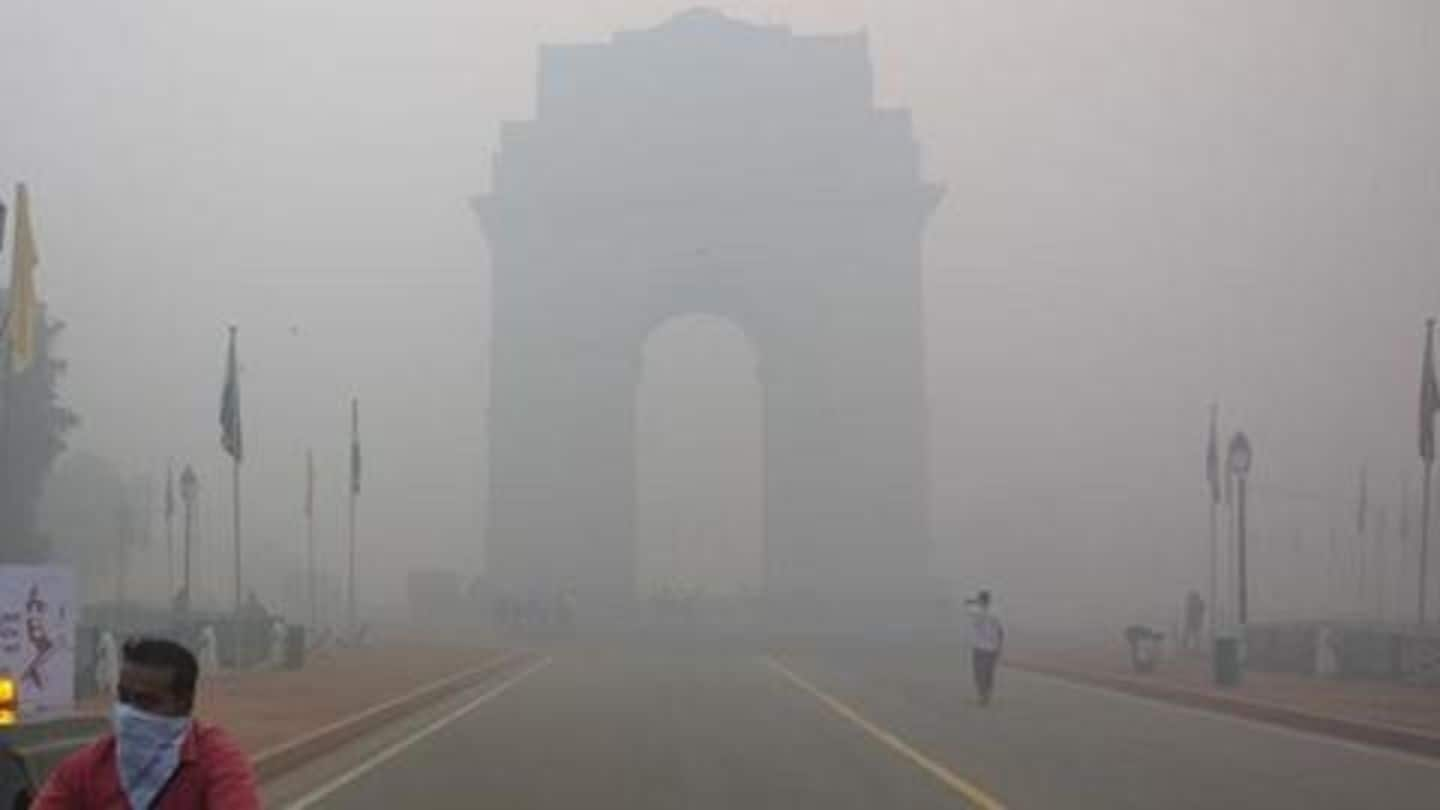
Lessons Delhi should learn from Beijing in tackling air pollution
What's the story
Beijing and Delhi were at par in terms of air pollution levels up until 2013. Yet, while pollution levels in Delhi kept on spiralling, China managed to take corrective measures to successfully curb the problem. The result? China recorded a 35% reduction in air pollution levels in 2017, while Delhi remains under a blanket of haze. There are lessons to be learnt from China. Here's more.
Policy
China set concrete targets, and strictly enforced its policies
With air pollution levels spiralling out of control, China introduced the 'Action Plan on Prevention and Control of Air Pollution' in 2013, and enforced it strictly to bring down air pollution in severely affected regions. Reducing pollution was made a priority, and concrete targets were set. In contrast, Delhi's odd-even scheme was a loose policy with faulty implementation, while the Graded Response Action hasn't yielded any significant dividends.
Industry
How China clamped down on coal consumption and polluting industries
Keeping in line with strict enforcement, Beijing also set a target to reduce coal consumption, and followed it up by substituting its four major coal-fire stations with natural gas plants to promote the use of renewable energy. It further imposed restrictions on polluting industries, and even shut down 1,200 factories to curb pollution. Meanwhile, in India, coal consumption continues to rise and there are hardly any strict restrictions imposed on industry.
Air purification
How China mitigated the risk of respiratory and lung diseases
China also resorted to the wide-spread use of 'mist cannons' to curb air pollution in heavily polluted regions. Initially developed to reduce dust in industries, mist cannons proved to be an effective anti-pollution measure. By releasing particles into the air that cause air pollutants and dust to fall to the ground like raindrops, China managed to mitigate the risk of air pollution-induced respiratory and lung problems. Delhi could follow the example.
Transport
Clean energy transport was also key
Last, but not least, was China's push towards promoting clean energy public transport. Over the last three years, Beijing has seen over 1,350 clean energy buses introduced. Further, polluting vehicles are banned for entering Beijing. Again, enforcement was key. Vehicular emissions account for around 30% of air pollution in Delhi, and the national capital really needs to learn from China in this regard.